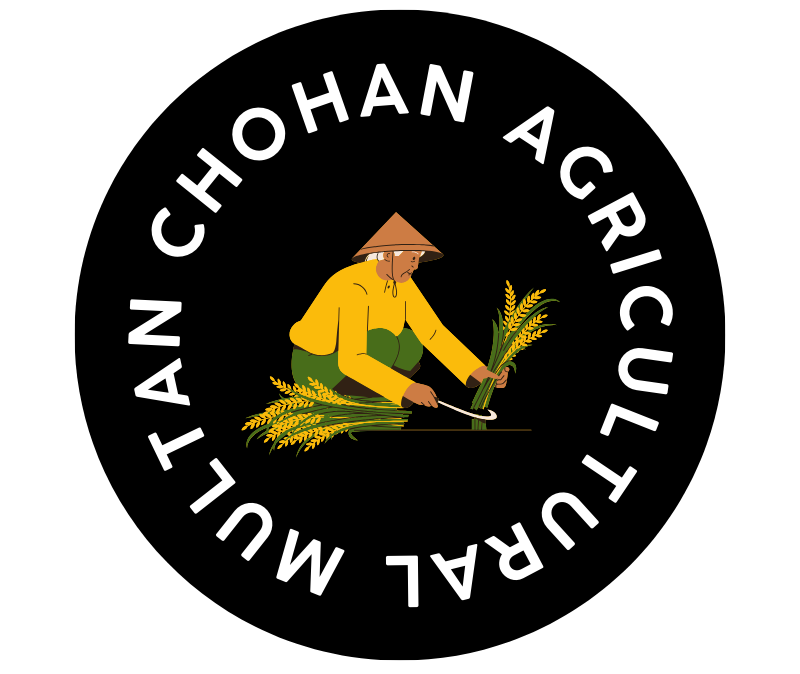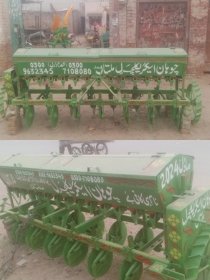In the world of agriculture, planting the seeds for a successful harvest is an art. One crucial player in this process is the wheat driller, a specialized machine that ensures the soil is ready to receive and nurture wheat seeds. Let’s explore the significance of this vital agricultural implement.
What’s a Wheat Driller?
A wheat driller, also known as a seed drill, is a machine designed specifically for sowing wheat seeds in the soil. It’s a marvel of agricultural engineering, ensuring precise and uniform seed placement across vast fields.
How Does It Work?
The wheat driller is typically attached to a tractor and equipped with seed hoppers that hold the wheat seeds. As the machine moves across the field, it deposits seeds into the soil at regular intervals and depths. This uniform seeding ensures optimal conditions for germination and growth.
Why Is It Essential?
The wheat driller revolutionized farming by significantly enhancing the efficiency and accuracy of seed sowing. Before its invention, seeds were often sown by hand, leading to uneven distribution and inconsistent growth. The wheat driller ensures even seeding, maximizing the potential for a bountiful wheat crop.
Benefits of Using a Wheat Driller:
The precise seeding capabilities of the wheat driller have numerous advantages. It optimizes seed placement, ensuring the seeds are buried at the ideal depth and spacing for their growth. This uniformity promotes better root development, reduces seed wastage, and increases overall crop yield.
Efficiency and Time-Saving:
Manual methods of seed sowing were laborious and time-consuming. The wheat driller streamlines the planting process, allowing farmers to cover large areas efficiently in less time. This efficiency saves both labor and resources.
Using a Wheat Driller:
Operating a wheat driller requires expertise in setting up the machine for different soil conditions and adjusting the seeding rate according to the variety of wheat being sown. Farmers need to ensure the machine is calibrated accurately for optimal seed placement.
Future Innovations:
Innovations in wheat drilling technology aim to further enhance precision and efficiency. Advancements might include technologies for variable rate seeding, enabling adjustments in seeding density across different parts of a field based on soil conditions.
Conclusion
The wheat driller stands as a crucial tool in modern agriculture, ensuring the efficient and uniform sowing of wheat seeds. Its precision and efficiency significantly contribute to maximizing crop yield, aiding farmers in their quest to produce healthy and abundant wheat harvests. As technology progresses, wheat drillers will continue to evolve, further optimizing the seeding process for improved agricultural productivity.

